Join the ICONS
Dance ICONS is a global network for choreographers of all levels of experience, nationalities, and genres. We offer a cloud-based platform for knowledge exchange, collaboration, inspiration, and debate. Dance ICONS is based in Washington, D.C., and serves choreographers the world over.
Subscribe today to receive our news and updates. Become a member of your global artistic community -- join the ICONS!
MARIO PIAZZA: POETRY IN MOTION
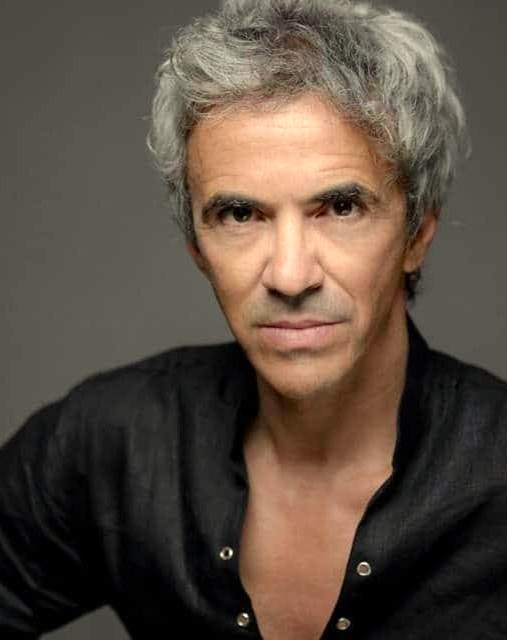
Multitalented Italian choreographer Mario Piazza proudly unleashes his talent by crossing over movement genres and artistic disciplines, creating dances for ballet companies as well as productions in opera, musicals, theater, film, and television. He also directs singers and actors while creating costumes, lighting design, and scenic design for many of his works. He finds great satisfaction in governing the poetic coherence of the entire production. He spoke with ICONS about his background, creative interests, artistic approaches, and future projects.
Dance ICONS: How, when, and with whom did you start dancing and choreographing?
Mario Piazza: I began when I was about 20 years old in research companies. Then, I continued with MOMIX, the Lindsay Company, and various opera theatres. While I was dancing, I became increasingly interested in research, the structure of improvisation, and, consequently, in composition and choreography.
I created my first choreography in 1987, presented it in various competitions, and received prizes. The awards were stimulating and gave me the courage and chance to create more new productions, and that was my beginning as a choreographer.
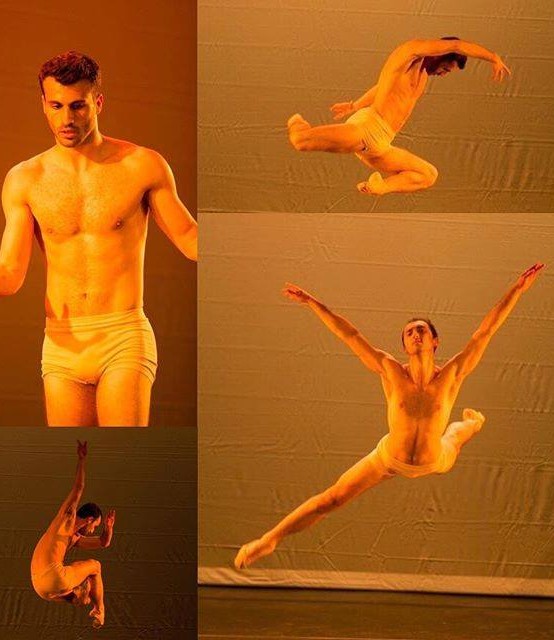
Dance ICONS: What influential figures and mentors have helped you become the artist you are today?
MP: The first strong impact on me was with Joan Peters at the Alvin Ailey School with Dunham technique. She incited me to let my energy and my potential come out. She would come behind me with a stick and hit the floor to make me feel the deep roots that everyone has with the floor.
Then, it was Carolyn Carlson with the Nikolais technique, when I got into improvisation, the structure of it, and all of the unrelenting gestures. My background was also classical ballet -- I was strongly inspired by Perrti Virtanen and Susanna Egri.
Lindsay Kemp opened the doors of the poetic dance theatre for me. I was also interested in the theatre movement of Tadeusz Kantor with The Dead Class. I love the impact of theatre with gestures, masks, and strong visuals. I love the strong gestures as much as the delicate ones.
My collaborations with Stephen Mercurio (Lady in the Dark) and Gustav Kuhn made me understand the ‘intero coreografico’ and how to work with the dancers within a score of AI opera, which is the system I have adopted for all of my creations.
Finally, I am a big fan of Federico Fellini, Emir Kusturica, Luchino Visconti, Roberto Rossellini and Akira Kurosawa. Although very different, they all have deeply poetic, profound, and elegant artistic signatures which continuously fascinate me.
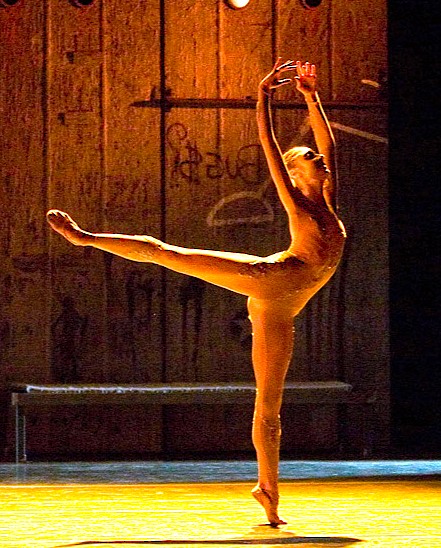
Dance ICONS: What key events and circumstances shaped you as an artist?
MP: Everything I have created until now has left an impact. I have deepened the content of choreographic work by asking myself, “What is choreography and theatre?” I have searched in different directions to answer those questions. My choreographic work in the cinema helped a lot.
Working with the steady cam or the ones that move surrounding the actors created such an infinite perspective on the motions. That allowed me to work on the details of the movements along with the physical and facial expressions.
I realized how much movement changes in texture, form, and expression, and how I wanted to address all the details. With The Miraculous Mandarin by Bartok for the Arena di Verona, I put everything together – the choreography, scenography, and costumes. The process gave me enormous satisfaction because of the coherence of the creation in all elements.
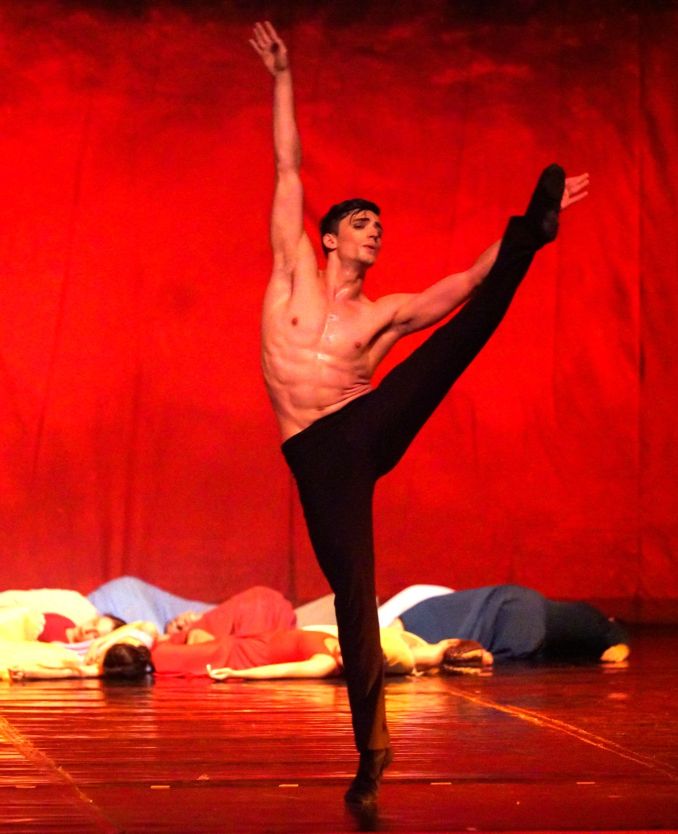
Dance ICONS: How would you define your creative interests and your artistic work?
MP: Dance is the embodied thought, the extension of thought. Spinoza refers to the whole as everyone and everything being linked to one another. When I choreograph, I don’t think to make only a choreography, but rather to elaborate a thought on a canvas and transform it into movement while expressing it in many colors -- like a painting.
My effort is to create a backdrop on which the movement, seen as a chameleon, passes in front and changes colors and expressions. In addition, I see choreography as a danced diary that can be abstract or narrative but that is unified by structure, imagination, and experience.
Dance ICONS: How do you create movement, and what is your artistic approach as a choreographer?
MP: First, I do research -- a lot of research such as reading, listening to music, observing people, and seeing exhibitions of contemporary art. All that creates a resource background that helps me to approach and organize the material that I need to create.
Then, I develop and deepen the themes and content by adding my personal interpretation. I divide my work into three parts: the first part is the introduction of ideas; the second part is the summarized contents; the third is the elaboration of the whole process. Last but not least, a crucial part of my creative process is to listen and to observe.

Dance ICONS: How do you begin your work on a new piece: What inspires you and drives you to create?
MP: To create I need an open mental space. Then I always create an urgency that I feel. I also need dancers to create on, who respond to my visions, feelings, and needs. My work always starts from a necessity to give a platform of expression to the internal voice, the need and the urgency of a specific situation and moment.
Dance ICONS: You are also an educator of young choreographers at the National Dance Academy in Rome. What are the challenges?
MP: I teach choreographic composition and methodology of improvisation. I feel a big responsibility to develop the new generation of young choreographers. With contemporary dance, we use improvisation, and I urge young artists to develop both critical thinking and poetic thinking.
The challenge is to leave space and creativity for the students while teaching them to develop their personal methods. I never impose my style of work -- I let them find their own.
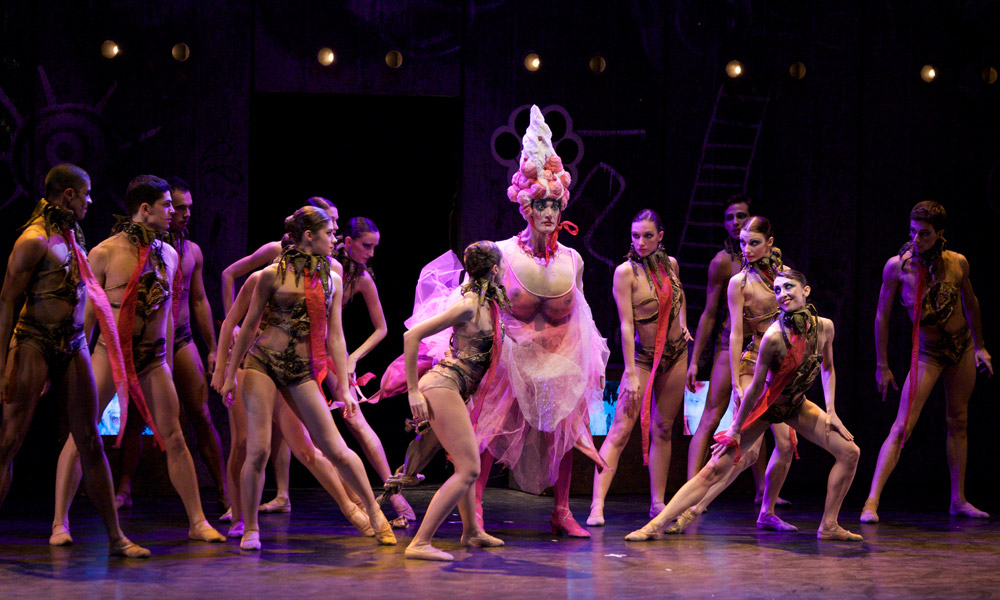
Dance ICONS: Your new book on choreography, IL Giornale Ricettivo Danzato, shares with the reading audience your creative perspectives and artistic wisdom. Is it biographical?
MP: The book investigates the inter-connection between humans and the environment through philosophy and the art of dance. I propose a path with exercises, reflections, and methodology to help young dance artists and students organize their ideas.The format of the book is an open diary. It is about the importance of the artist’s dignity and freedom, as well as that of the choreographer.
I encourage young artists to take chances.I wrote about aesthetic and philosophy of composition by tackling spatiality, time, and dynamics of movement. I also wrote about the themes of falsehood, hatred, dreams, and ideals. In the book, I also address inclusive dance, site specific dance, the fusion between spaces, and that people can share dance in urban space and beyond the concert stage.

Dance ICONS: What are you working on right now, and why is this current project important?
MP: On the 2nd of September, I showed a representation of Romeo and Juliet performed by State Opera Stara Zagora [Bulgaria]. This is an immense project with 55 dancers, orchestra, singers and chorus for a total of 120 people on stage. The collaboration with this theatre continues and they’ll keep showing Notre Dame de Paris, Esmeralda, and Ghetto. Another project is Pulcinella by Stravinsky. The character of Pulcinella and his mask deeply fascinate me, in particular because he symbolizes the soul of the people. Then l am captivated by Roberto De Simone’s lyrics, in particular the Requiem for Pasolini, which gave me an idea for another show.
 Dance ICONS: What is exciting and what is challenging about the current project?
Dance ICONS: What is exciting and what is challenging about the current project?
MP: I have extensively worked on Italian gestural expressiveness for Romeo and Juliet, and this has been very exciting in that particular production! The most exciting part of my work generally is the beginning when I enter the studio as a cyclone and I tell the performers what we will do.
I share my entire vision for the show. I give roles, explain the intention, the content of the performance, and how I would like it to be represented. I also speak immediately about the choreography and the music.
I work very fast! I believe in the unique and immediate thought and in the sincerity of the movement in the moment. The most challenging part is to help the dancers with their formations and ways of moving and memorizing, to reach the outcome that I have envisioned.

Dance ICONS: What other upcoming projects are you excited about, and why?
MP: Many pieces of my repertory will be shown again but revisited and enhanced. In October, I started again giving movement courses for actors working on a theme that is analyzed from all the possible expressions of the movement and of the body related to the text. Also, I would like to add that only now I have understood how to call the work that I do.
After all, the creative process is always in process! I call it Embodied Dance Vision because it emerges from the inner center to then expand towards the outer world. My work always begins with the emotion, passion, poetry and the urgency and necessity to express the human condition in a unique way through choreographing a dance.
* * * * * * *
Biographical Information:
Mario Piazza trained as a classical dancer with Susanna Egri in Italy and as a modern dancer in New York (Alvin Ailey School and Martha Graham School). Having perfected his studies with Peter Gross, he performed as a soloist with the Lindsay Kemp Company and Moses Pendleton’s Momix. He created “Ghetto” with Klezmer music and music by Goran Bregovic for the corps de ballet of the Sofia National Opera and was awarded with a prize for the Performing Arts by the European Association for Jewish Culture in London. “The Nutcracker”, created for Balletto di Roma, has been performed since 2006 with more than 70.000 tickets sold.
Photography: © R.Halevi photo portrait of Mario Piazza, with interview photo resources belonging to Mario Piazza’s personal archives
Video Sample:
Book Promo Video:
INTERVIEW'S CREATIVE TEAM ACKNOWLEDGMENTS:
Interviewer: Veronica Posth
Executive Content Editor: Camilla Acquista
Executive Assistant: Charles Scheland
Founding and Executive Director: Vladimir Angelov
Dance ICONS, Inc., November 2025 © All rights reserved
This digital resource and publication were made possible with funding from
![]()

